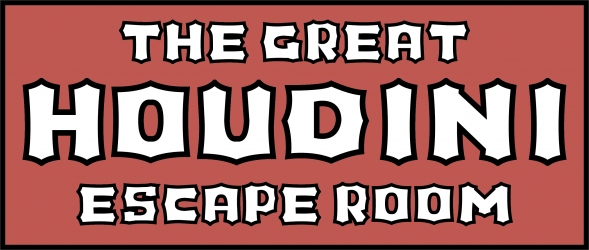
There was a clever way Great Houdini got around having lots of random puzzles in its room, by using a simple bit of storytelling that the room was indeed an escape room that Houdini designed to test the mettle of some of his famous luminary friends. Justified puzzles that have nothing to do with the room’s world The challenge is to add more variety in how you unlock them. You can’t avoid locks altogether, as it is a locked room you need to escape from. There was also a group of keyed locks but the variety in the size and shape of keys kept our interest. A set of combination locks relied on using a two-sided decoder, and revealed gems that opened another door when placed on the correct positions on a painting. There were definitely locks, but a variety of different types of locks. Here’s how it deals with the five design problems listed in my previous post. While not perfect, Palace Game’s The Great Houdini Escape Room was a memorable and satisfying experience. Addressing the Most Common Escape Room Design Mistakes But as this is a case study of The Great Houdini Escape Room with specific examples, meant to highlight game design concepts, it will contain spoilers for the room. My write-up of their latest offering, The Attraction, is also spoiler-free.

Palace Games, located at the Palace of Fine Arts, boasts several excellent escape rooms ( Houdini, Roosevelt and Edison), which I’ve compared in a previous spoiler-free blog post. This post follows up with a design deep dive into a well-executed escape room, The Great Houdini Escape Room by Palace Games in San Francisco.

My last post was dedicated to identifying some of the most common design blunders in crafting escape rooms.


 0 kommentar(er)
0 kommentar(er)
